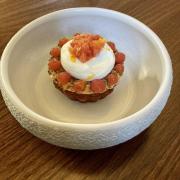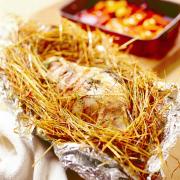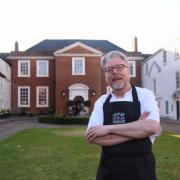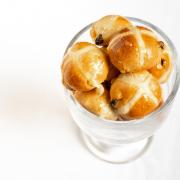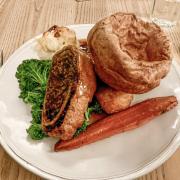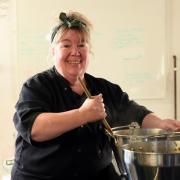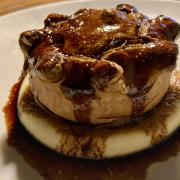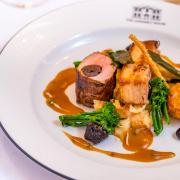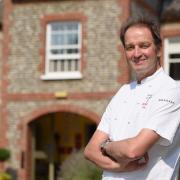We all think of raspberries and blackberries in August, but how about the best of both of these delicious fruits in just one divine bite? The tayberry is a cross between the two.

Developed in Scotland in the 1960s on the north shore of the river Tay – hence the name – they were first commercially available in 1979. I have to say, they’re still not easy to find and probably your favourite Norfolk farm shop, pick your own site or farmers’ market will be your best bet.
I’m not sure why these huge, plump, cone-shaped, deep red wine-coloured, very sweet fruits are not as popular as their relatives. Why not grow one yourself? There is a variety called Buckingham, less thorny than other varieties, which can even be grown on a pot.
Tayberries are prolific fruiters and easy to grow, tolerating low winter temperatures and rarely troubled by pests – except the birds which adore them. Each cane will grow to about 6-7ft tall. October is the best month to plant the canes, which prefer a sunny site but will do well in part shade too. They enjoy a well-drained soil with plenty of compost and lots of water in dry spells. You will have to be patient though – they won’t fruit until their second year.
Tayberries will only keep for a couple of days in the fridge but freeze really well.
On the farm
July and August are when lots of malting barley will be cut. You may have noticed that lots of the barley crops were flattened by the heavy rains earlier in the season. Once this happens the ears of corn don’t plump up because the stems are broken and every time it rains the grain gets soaked and starts to grow again which makes it useless. Generally though, crops on the farm look very good this year following a mild winter, a nice dry spell in the spring for planting followed by some good soaking rains which got things growing really well. Our sugar beet plants were meeting across the rows before the end of May, which is unheard of!
The Taylor taste test
This month I have strayed just over the border to St Peter’s Brewery in St Peter South Elmham, near Bungay. An independent brewery founded in 1996 by John Murphy, St Peter’s Brewery can be found in a range of traditional farm buildings next to the very beautiful St Peter’s Hall, parts of which date back to 1280.
With their own deep bore hole which providing excellent water quality, locally malted barley and Kentish hops, the award-winning St Peter’s Brewery has the perfect recipe for success.
Organic Best Bitter (4.1pc alcohol by volume) is made using Chariot malted barley and Golding hops. We found this to be deepish brown with a good head, full-bodied, malty, smooth, hoppy and refreshing. Very nice!
Organic ale (4.5pc ABV) is a light amber colour, lightly bitter, full, rounded taste with a citrusy finish. Winner of the Soil Association’s top prize in 2002 and silver in 2006.
Cream Stout - this won the silver medal in the International Beer Competition in 2009. Made using Fuggles and Challenger hops with a blend of five local malts, this stout is nearly black, and has a very strong, full, round, bittersweet flavour.




